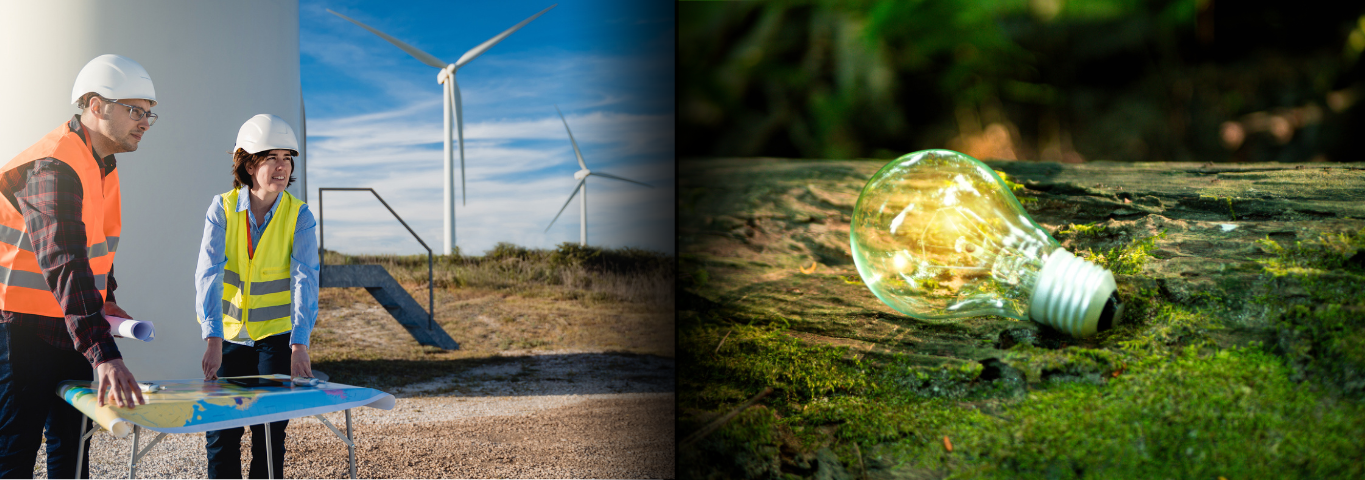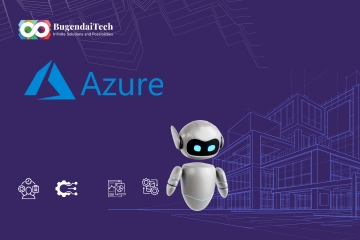The world is facing a dual challenge: the urgency of addressing climate change and the dwindling supply of traditional fossil fuels. This has led to a skyrocketing demand for clean energy sources.
Engineering sits at the forefront of this transition, acting as the engine of innovation. From developing more efficient solar panels to designing next-generation wind turbines, engineers constantly push the boundaries of what's possible in the clean energy sector.
This blog delves deeper into this exciting realm. We'll explore the latest advancements in clean energy technology, showcasing how these innovations are transforming the way we power our lives. But this journey isn't just for engineers and scientists.
We'll also provide practical tips and actionable steps for individuals and businesses who want to make a difference. Whether adopting clean energy solutions at home or implementing sustainable practices in the workplace, this blog will empower you to contribute to a greener future.
The Urgency of Clean Energy
Climate change is no longer a distant threat but a pressing reality. According to the International Energy Agency (IEA), global CO2 emissions from energy combustion reached 33 gigatonnes in 2022. Transitioning to clean energy is essential to mitigate these emissions and limit global warming to 1.5°C above pre-industrial levels, as per the Paris Agreement.
What are the key innovations in clean energy engineering?
1.Renewable Energy Technologies
- Solar Power:Solar energy remains one of the most promising clean energy sources. Innovations in photovoltaic (PV) technology have significantly increased efficiency while reducing costs.For example, perovskite solar cells have shown potential efficiencies of over 25%, offering a more affordable alternative to traditional silicon cells
- Wind Energy:
Wind power technology has advanced with the development of larger, more efficient turbines. Offshore wind farms, particularly, harness stronger and more consistent winds, boosting energy production. The Global Wind Energy Council (GWEC) reports that offshore wind capacity is expected to grow from 35 GW in 2020 to 234 GW by 2030.
2. Energy Storage Solutions
- Battery Technology:
Efficient energy storage is crucial for the intermittent nature of renewable sources. The market is dominated by lithium-ion batteries, but newer technologies, such as solid-state and flow batteries, offer longer lifespans, faster charging, and higher energy densities.
- Hydrogen Storage:
Hydrogen is gaining attention as a versatile energy carrier. Innovations in electroliers are making hydrogen production more efficient, while advancements in storage methods, such as metal-organic frameworks (MOFs), enhance its safety and capacity.
What are the practical tips for adopting clean energy?
1. Homeowners
- Install Solar Panels:
For homeowners, installing solar panels is one of the most effective ways to reduce reliance on fossil fuels. Government incentives and decreasing costs make solar installation more accessible.
- Energy-Efficient Appliances:
Changing to more energy-efficient equipment will help you use less energy. Look for ENERGY STAR-rated products to ensure optimal efficiency.
- Energy-Efficient Appliances:
Through the automation of heating, cooling, and lighting in response to occupancy and time of day, smart home systems can optimize energy use.
2.Businesses
- Conduct Energy Audits:
Businesses should start with an energy audit to identify areas for improvement. This can reveal inefficiencies and help prioritize investments in energy-saving measures.
- Invest in Renewable Energy:
Businesses can buy green energy from approved sources or invest in on-site renewable energy generation, such as solar or wind turbines.
- Corporate Sustainability Goals:
Setting clear sustainability goals and regularly tracking progress can drive continuous improvement. Initiatives like the Science-Based Targets initiative (SBTi) provide frameworks for aligning corporate strategies with global climate goals.
What is the role of policy and collaboration?
Where does the future of clean energy engineering lie?
Conclusion
Engineering is at the forefront of the clean energy revolution, driving the development of innovative solutions that promise a sustainable future. By embracing these advancements and adopting practical measures, individuals and businesses can play a crucial role in reducing carbon emissions and combating climate change. The journey toward a clean energy future is a collaborative effort that requires commitment, innovation, and action at every level.






Comments